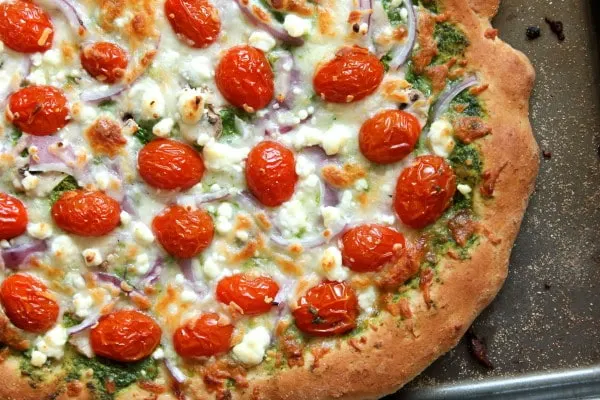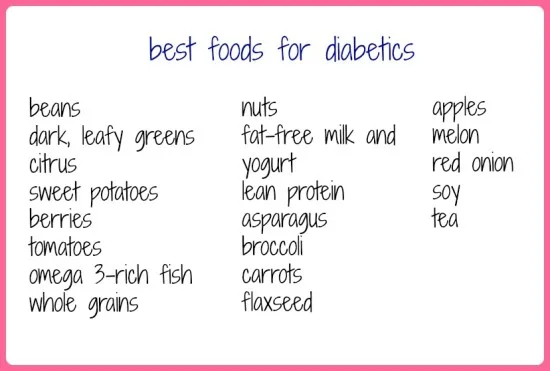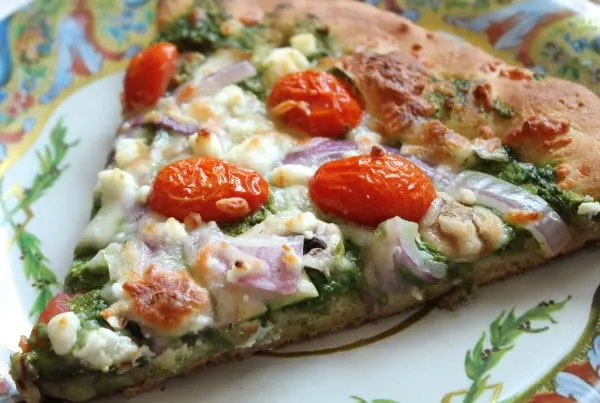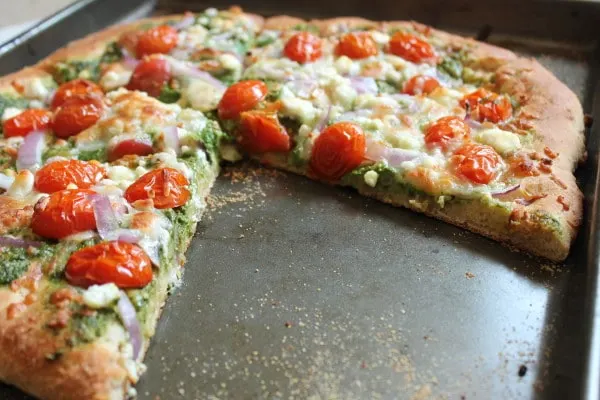Today I want to take a few moments to talk with you guys about a topic that is very important and close to my heart. Y’all with me?
My senior year of college, I had a class with a {very} tall blonde named Erin, and in no time at all we were practically attached at the hip. One of the joys of becoming best friends with Erin was getting the chance to know her boyfriend, Kevin, who also quickly become one of my dearest friends.
Kevin is one of the few people in my life who also knows firsthand what it is like to live with a chronic illness, as he is a type 1 diabetic. Diabetes is not just something that happens to people on the Biggest Loser, or people who eat nothing besides sugar; while obesity and an unhealthy diet can definitely put a person at risk for developing type 2 diabetes, genetics are also at play – for both type 1 and type 2 diabetes – and even the thin, healthy-looking person next to you at the gym can be fighting diabetes. Kevin is proof of this – he was an athlete all through college and is one of the most physically fit people I know.
There are a lot of misunderstandings about diabetes in our country, so I wanted to give Kevin a chance to answer some questions about his experience, and to give my lovely readers {that’s you!} some insight into this disease, and why our diets and exercise are so important.
How old were you when you were diagnosed with type 1 diabetes? How did it change your daily life?
I was nine years old when I was diagnosed. This changed my daily life significantly because I could no longer eat anything without checking my blood sugar level and taking an insulin shot for it. If I were to exercise, I would have to check my blood sugar an hour before and make sure it was high enough to last me through the exercise without it dropping below normal levels. Furthermore, it could not be too high before exercise, or else the exercise would cause it to spike. The effects of low blood sugar are the most challenging because they inhibit me from carrying out daily life functions such as talking in complete sentences due to shakiness and anxiety, walking in a straight line due to dizziness, and/or feeling weak or fatigued. As soon as I feel the slightest effects, I immediately drink a Gatorade because with all the sugar it works like a charm in getting my blood sugar level back up to normal.
What are some of the things you do to try and keep your blood sugar levels and overall health in check?
Exercise, exercise, EXERCISE!! At first I felt I couldn’t do anything “normal” people did when I was diagnosed, but, of course, that was my nine year old mind. You can do anything you want to, it just requires extra steps. I loved to run before I got type 1 diabetes and I am still running today. Also, another way to keep my blood sugar levels in check is to eat healthy foods as often as possible. Most people ask if I am unable to eat sugar. Well, sugar is in almost anything, so technically yes I can eat sugar, haha. However, high levels of sugar in foods such as candy should be avoided. This is unnecessary stress that is put on your body to break down the excess sugar just as it is for any other individual without type 1 diabetes. Therefore, I try not to eat these foods as much as possible and stick to natural sugars like in fruits.
Why is it important for people with diabetes (and those who wish to prevent type 2 diabetes) to keep track of their overall health? What role does food play in this?
It is important to keep track of their overall health because if they continue to eat junk food or candy often and do not exercise as much as they should, then type 1 diabetes will be much harder to control. Blood sugar levels will be off the charts in terms of highs and lows. Also, if your body is constantly put through the stress of breaking down high fat or high sugar foods, then it will be much harder to stay in between the 80-120 normal blood sugar range. Individuals without type 1 diabetes should tread carefully, too, because if they continue to eat poorly and not exercise as recommended, then they could develop type 2 diabetes, which deals with the body being unable to compensate for the high amounts of sugar that are in the blood stream. Again, avoid junk food and sugary foods as much as possible, no matter who you are!
What is the biggest thing you wish people knew about diabetes?
Type 1 diabetes and type 2 diabetes are NOT the same chronic illness!!!!!! Type 1 diabetes can occur randomly no matter how well the individual takes care of him/herself. Type 2 diabetes can occur as a result of the poor health choices someone makes the majority of his/her life. For example, if someone does not exercise and eats junk food/sugary foods, then he/she has a higher chance for becoming diagnosed with type 2 diabetes. The healthiest person, however, can still be diagnosed with type 1 diabetes, because all of a sudden the pancreas stops producing the insulin necessary to compensate for one’s sugar/carb intake. Of course, that being said, both illnesses can be genetic as well. If type 1 or 2 diabetes is common in the family gene pool, then I would expect it to surface one day regardless of how well you take care of yourself, just to be prepared.
One other thing is no matter how good a person is at taking care of his/her diabetes and diet, diabetes is always unpredictable at times and ALWAYS requires work to control.
Showing off our “Diabetes is a pain in the pancreASS” shirts at the 2011 JDRF Walk to Cure Diabetes.
Thanks, Kevin! So, as we can see, diet {and exercise} play a major role in managing and preventing diabetes. So, what types of foods should we be thinking about? Well, I did some research and compiled a list of “best foods for diabetics”. Even though these foods are great for helping people who are already living with diabetes manage their disease, they all contain nutrients that every person should be getting on daily basis. These foods also promote a diet low in saturated fat, low in simple carbohydrates, and high in fiber – which is, again, something we should all be aiming for! This is by no means a comprehensive list, but is instead meant to give you some places to start when looking to integrate nutrient-rich foods into your diet.
So now, let’s get to this recipe, shall we? When talking about diabetic-friendly recipes, perhaps the obvious place to start would be dessert…but as fate would have it, one of Kevin’s all-time favorite foods is pizza, so I decided to start there instead! And, in fact, pizza can be quite dangerous, as many delivery pizzas are loaded with simple carbohydrates and fatty toppings and contain very little nutritional value. By making pizza at home, however, you can control the ingredients – you can make a crust that contains whole grains, and incorporate some healthy veggies and lean proteins into your toppings.
By utilizing a chewy whole wheat and flaxseed crust, spinach pesto, and healthy veggies {topped with some low-fat mozzarella and just a bit of goat cheese for tang}, this pizza incorporates quite a few of the foods found on the above list: whole grains, flaxseed, tomatoes, spinach, nuts, red onion, and low-fat dairy. If you wanted to add some lean protein by throwing some cooked chicken into the mix, you most certainly could! But don’t think just because this pizza is healthy that it is any less delicious – it is loaded with flavor!
So, what have we learned today? Diabetes is a serious disease, and one that can affect anyone! But by taking an active role in our health through diet and exercise, we can better control how our bodies respond to the issues they come up against. And that, my friends, is a great thing {much like this pizza}.
I am sure this should go without saying, but if you have any serious health concerns or questions about your personal diet, you should always be consulting your doctor. Never feel like any question or concern is too small or silly – it is always better to catch things earlier than later!

Pesto Veggie Pizza
Ingredients
For the crust:
- 1 3/4 cups warm water
- 2 1/2 teaspoons or one package active dry yeast
- 2 tablespoons sugar
- 4 tablespoons olive oil
- 1/2 cup ground flaxseed
- 1 1/2 teaspoons salt
- 1 1/2 cups all-purpose flour
- 1 1/2 cups white whole wheat flour
For the spinach pesto:
- 6 ounces fresh spinach
- 2 cloves garlic
- 1/3 cup walnuts
- 1/4 cup Parmesan cheese
- 1/4 cup extra virgin olive oil
- 1 teaspoon kosher salt
- Ground black pepper
For the pizza:
- Sliced mushrooms
- 1/4 red onion sliced
- Halved grape tomatoes
- Low-fat mozzarella cheese
- 2 tablespoons crumbled goat cheese
Instructions
First, make the pizza dough:
- In a large bowl, combine the warm water, yeast and sugar. Allow to sit for 5 minutes, or until foamy.
- Add the olive oil, all-purpose flour, flaxseed, and salt. Stir to combine. Add the whole wheat flour and mix until a stiff dough forms, adding more flour as needed.
- Turn the dough out onto a well-floured surface and knead for about 5 minutes, or until the dough is smooth. Place in a lightly-greased bowl, turning to coat in the oil, cover lightly with a tea towel and place in a warm place to rise until doubled in size, about one hour.
Meanwhile, make the pesto:
- In a food processor, combine pulse together the spinach, garlic, walnuts, and cheese. Drizzle in the olive oil until the pesto reaches your desired consistency. Add salt and pepper to taste.
Make the pizza:
- Preheat the oven to 475 degrees.
- Gently punch down the risen dough and divide into two pieces. Either use the second half for another pizza, or bag, tag, and store in the freezer for a later use.
- On a floured surface, press your dough out to the desired size, about 10-12 inches. Lightly sprinkle a baking sheet or pizza pan with cornmeal and place the dough on the pan. Top with a few tablespoons of the pesto, your desired amount of the vegetables, and finally sprinkle with the cheeses. Bake for about 10 minutes, or until the crust is golden and crisp on the bottom. Allow to cool for about 5 minutes before cutting and serving.






What a sweet thoughtful post! I loved reading this. I had never met anyone with diabetes before until I moved to the midWest. Considering my coworkers guzzle soda all day long and have diabetes, I didn’t know the difference between type 1 and 2. Thanks for the explanation 🙂
Yay! So glad you learned something new 🙂
Howdy Kevin, thanks so much for sharing your story! I enjoyed reading your responses to Stephie’s questions and feel much more enlightened about Diabetes. I don’t have any friends or family with the disease so reading your experience was thought-provoking for me. Stephanie, you’ve got it going on – I love that you thought to post about Kevin’s story – this is so relevant to nutrition and diet! We bloggers should do more of this to get the word out about various ailments and how food and exercise can aid or cure them. And your pizza looks awesome!
Thanks, dear! I’m glad Kevin agreed to let me share his story with y’all!
This post was so sweet and Kevin was so great to share his story!
Also-I want this pizza. Seriously. Just chuck those mushrooms and I am all over this. My kind of eating healthy 😀
YES!! Something with veggies that Kayle wants to eat!!!! 😀